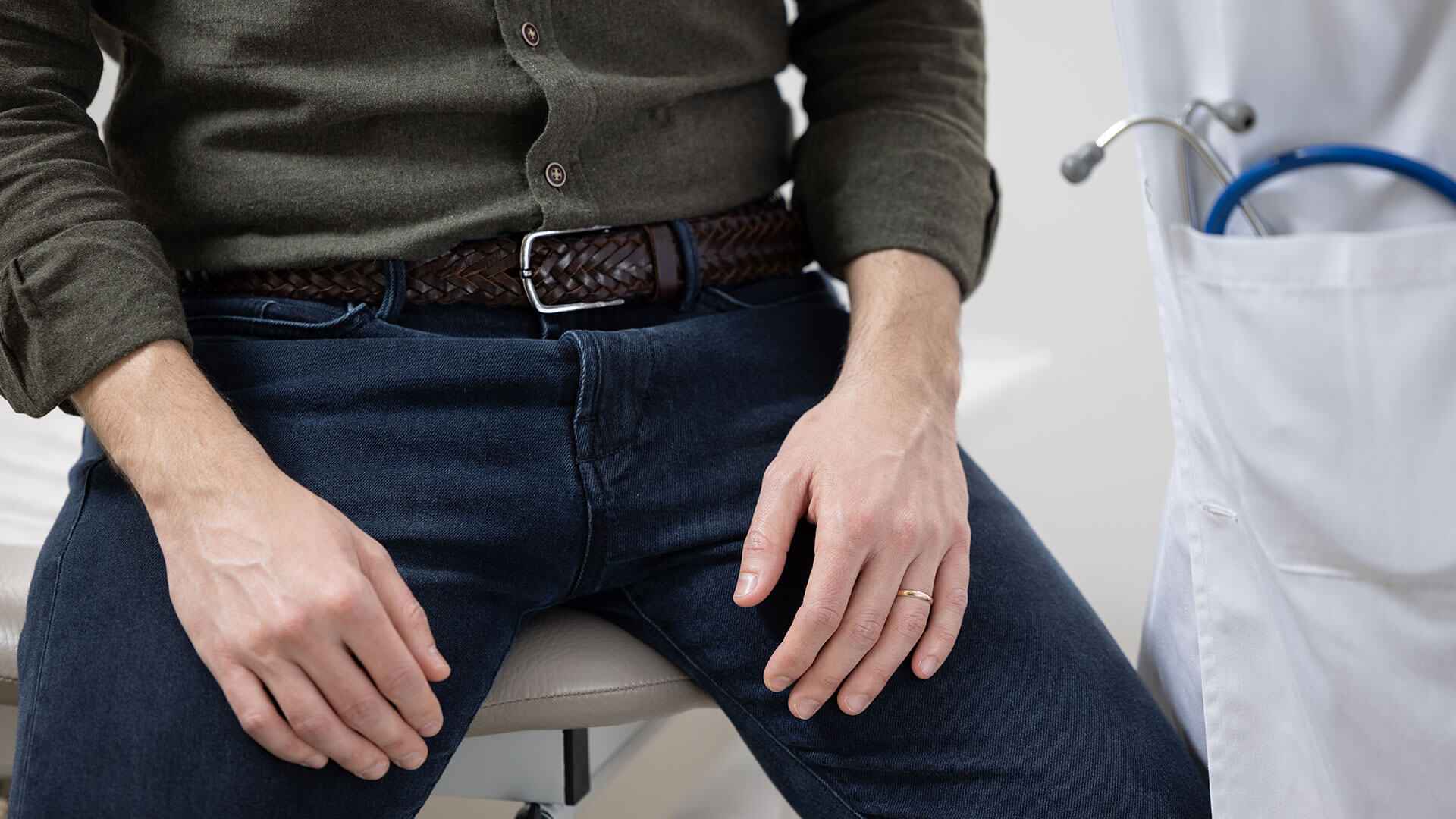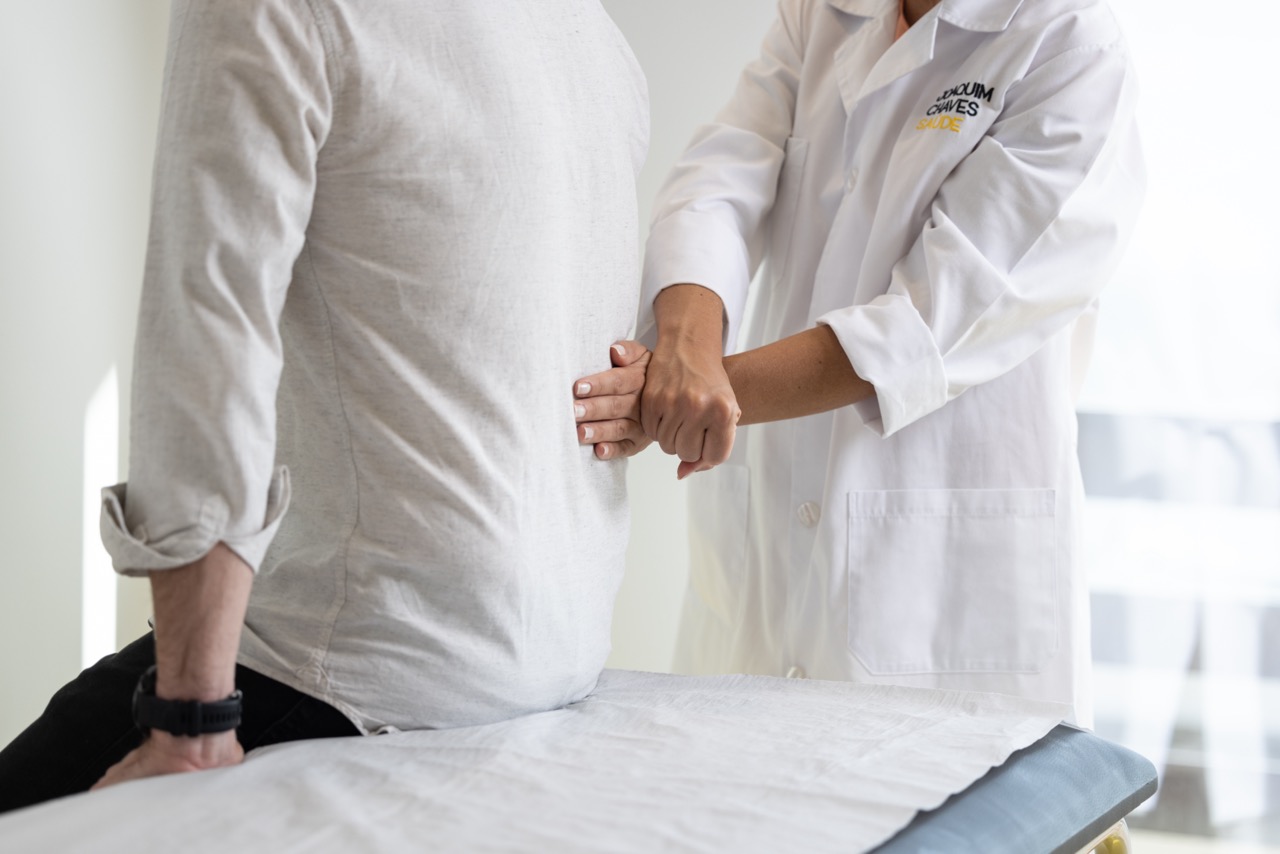Urinary incontinence is often kept silent due to the social stigma surrounding it. However, it is a very common condition and can be treated.
Approximately 600,000 Portuguese people suffer from urinary incontinence, and it is estimated that around 200 million people worldwide are affected by this problem. While women are more commonly affected, urinary incontinence also affects men. Despite the associated social stigma, seeking help is essential to receive proper treatment and even achieve a complete cure for urinary incontinence. Learn what this condition is, the signs to watch for, and the most common therapies.
What is Urinary Incontinence?
Urinary incontinence is defined as the involuntary loss of urine. The process of urination involves the bladder (which stores urine), the urethra (which carries urine to the outside), and the muscular sphincter (which controls the elimination of urine). As urine is produced, the bladder expands to store it. When it reaches a certain limit and it is the appropriate time for urination, the brain signals the sphincter to relax and allow the elimination of urine.
Therefore, any compromise in the involved organs (or their respective functions and mechanisms) can lead to urinary incontinence. This condition can take different forms depending on its frequency, severity, and causes. Although it does not pose a life-threatening risk, it causes significant social constraints, with many individuals limiting their social activities and consequently experiencing a reduced quality of life.
Types of Urinary Incontinence
There are several types of urinary incontinence that are important to be aware of. Here are the main ones:
Stress Urinary Incontinence
As the name suggests, individuals with stress urinary incontinence experience the involuntary loss of urine following a muscular effort, such as coughing, sneezing, laughing, or even changing positions. This type of urinary incontinence is caused by pressure on the abdominal area, which affects the bladder.
Urge Urinary Incontinence
Urge urinary incontinence manifests as a sudden urge to urinate. It is caused by strong, abnormal, and involuntary contractions of the bladder without warning, leading to urine leakage. This type of urinary incontinence is often associated with urinary tract infections, particularly recurrent ones, and also kidney stones.
Overflow Urinary Incontinence
Overflow urinary incontinence occurs when there is obstruction of the urinary flow, primarily due to progressive bladder distension and loss of contraction capacity. As a result, the bladder becomes unable to perform its elimination function, and urine accumulates without being properly expelled.
Functional Urinary Incontinence
In functional urinary incontinence, the patient is unable to recognize the need to urinate. It is common in individuals with dementia, such as Alzheimer's disease, or with immobility due to neurological, joint, or musculoskeletal conditions.
Urinary Incontinence Symptoms
The main symptom of urinary incontinence is the involuntary loss of urine, but other signs may be present, such as:
- Abnormal increase in urinary frequency
- Sensation of a full bladder even after urinating
- Progressive weakening of the urinary stream
- Continuous dripping
- Bladder pain without infection
If you experience any of these signs, it is important to seek medical help as soon as possible. The specialist you should consult is a urologist.
Causes of Urinary Incontinence
Various physiological mechanisms can be responsible for urinary incontinence. In most cases, multiple causes can occur simultaneously, such as:
- Weakness of the pelvic muscles (common in women as a result of childbirth)
- Weakness of the urinary sphincter
- Dysfunctional coordination between the bladder and urinary sphincter
- Overactive bladder (common in men after prostate surgery)
- Functional disorders, such as stroke or dementia in older individuals
- Genital prolapse
Diagnosing Urinary Incontinence
Diagnosis should be made by a urologist who typically begins by requesting the patient to keep a urinary habits record using a Micturition Diary. This helps the specialist determine the amount of fluid intake, timing of urination, quantity of urine produced, and the number of urinary incontinence episodes.
Diagnosis also involves physical, laboratory, and imaging examinations. For female urinary incontinence, a gynecological examination may be necessary to assess pelvic floor muscle tone. In cases of male urinary incontinence, the specialist may perform a rectal examination to check for prostate enlargement and detect abnormalities that may be the cause of urinary incontinence.
Additionally, blood and urine tests can help evaluate kidney function and screen for urinary tract infections. Uroflowmetry can assess the amount of urine remaining in the bladder after urination, and cystography can provide a clear and precise image of the bladder. Lastly, pelvic ultrasound can also assist in establishing a diagnosis of urinary incontinence.
Treating Urinary Incontinence
There are various treatment options for urinary incontinence, with the most suitable one depending on the type of incontinence. Treatment should always be prescribed by a urologist who will assess the therapeutic combination to achieve the best results.
When urinary incontinence symptoms are mild, non-invasive treatment may be suggested. The first step may involve making changes to habits and lifestyle, such as controlling fluid intake, avoiding bladder irritants, and implementing timed or deferred voiding. Pelvic rehabilitation techniques may also be recommended to strengthen the muscles.
In more severe cases of urinary incontinence, or when non-invasive measures are ineffective, the specialist may suggest minimally invasive treatments. For example, surgical procedures can involve the injection of bulking agents to adjust the urethra or the placement of devices that compensate for urinary sphincter function. These surgeries are quick and safe, with results typically being immediate and satisfactory.
Medication may also be an option to consider, especially for treating urge urinary incontinence. In such cases, medications (taken orally or applied intravesically) can help control the overactivity of the bladder wall muscles.
Joaquim Chaves Saúde, by your side to treat urinary incontinence
In the vast majority of cases, urinary incontinence is curable and easily treatable, especially when detected early. If you suspect you may have this condition, seek help. Joaquim Chaves Saúde is by your side to diagnose and treat urinary incontinence. Don't delay any longer, schedule your appointment, and regain your well-being as soon as possible.






